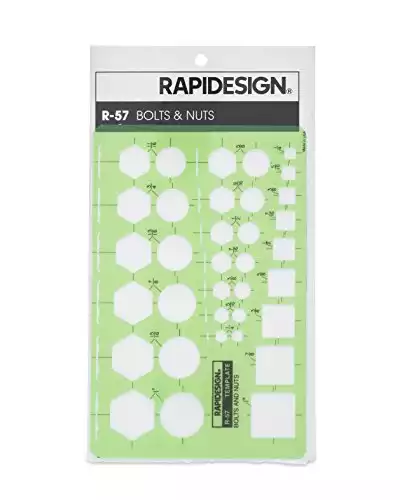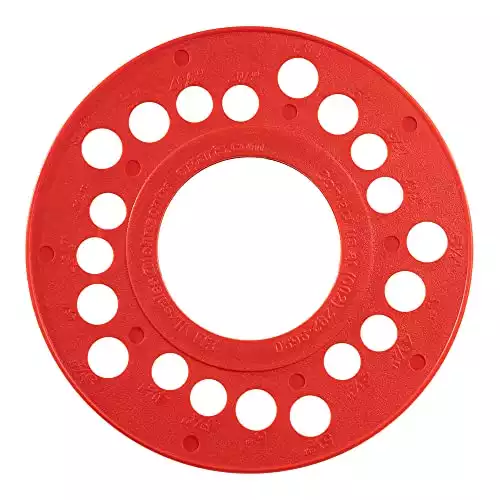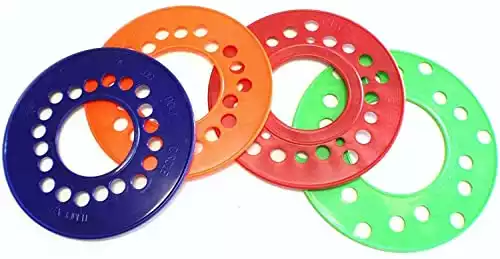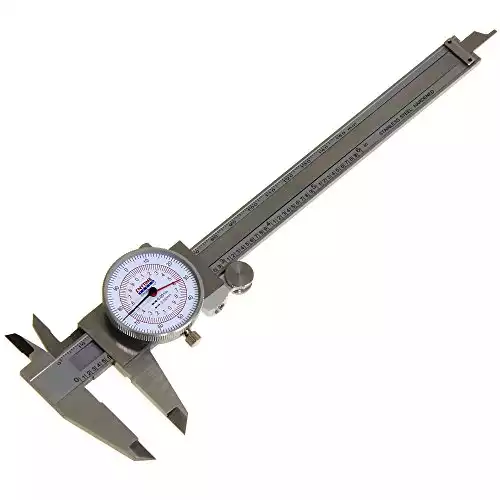How to Measure Car Wheel Bolt Pattern: A DIY Guide
January 17, 2024
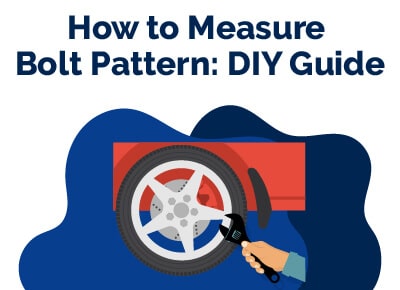

Chris is Head of Content for FindTheBestCarPrice and is based out of Philadelphia, PA. As a seasoned automotive industry analyst and car enthusiast, he ensures the highest level of quality across all our content and curates our picks for the best deals each month.
Chris studied information systems and marketing at Drexel University and writes about a wide range of topics ranging from car buying tips to troubleshooting common mechanical issues.
When he’s not thinking about cars, he likes to stay in with his dog and make an “attempt” to finish a crossword puzzle (he’s not quite at the Saturday/Sunday level…yet). As a former cheesemonger, Chris still has a “sharp” passion for all things cheese, and his fridge is always loaded with it!
Chris also has a passion for things that go fast, and drones are no exception. He spends some of his time writing for Dronesourced.
When it comes to working with wheels and tires, knowing how to measure the bolt pattern is essential.
Your vehicle's wheels are attached to the hub using a specific bolt pattern, and understanding this pattern is crucial for various reasons.
We'll show you how to measure 4, 5, 6, and 8 lug patterns at home.
Table of Contents
- What Tools Do You Need
- Step 1: Count the Number of Lugs
- Step 2: Measure the Bolt Circle Diameter
- Step 3: Determine Bolt Pattern
- Step 4: Verify Accuracy
- What Are the Most Common Bolt Patterns?
- Additional Tools for Measuring Wheel Bolt Patterns
- Tips for Accurate Measurements
- Common Mistakes to Avoid
- Determining Wheel Fitment
- Getting the Right Measurements for Your Vehicle
- Best Car Deals by Category
What Tools Do You Need
The most basic set of tools you will need are:
- Tape measure or caliper
- Straightedge or ruler
- Pen and paper to record measurements
We'll also show you some useful tools that you can purchase to make this task a bit easier.
Step 1: Count the Number of Lugs
The first step in measuring a bolt pattern is to count the number of lugs or bolt holes on the wheel. Most wheels have either 4, 5, 6, or 8 lugs.
Step 2: Measure the Bolt Circle Diameter
Using your tape measure or caliper, measure the diameter of the bolt circle. The bolt circle is the imaginary circle that passes through the center of each lug hole.
If you have an even number of lugs, measure from the center of one lug hole to the center of the lug hole directly across from it.
For odd-numbered lugs, measure from the center of one lug hole to the back end of the two lug holes directly across from it.
This measurement should be recorded in inches or millimeters.
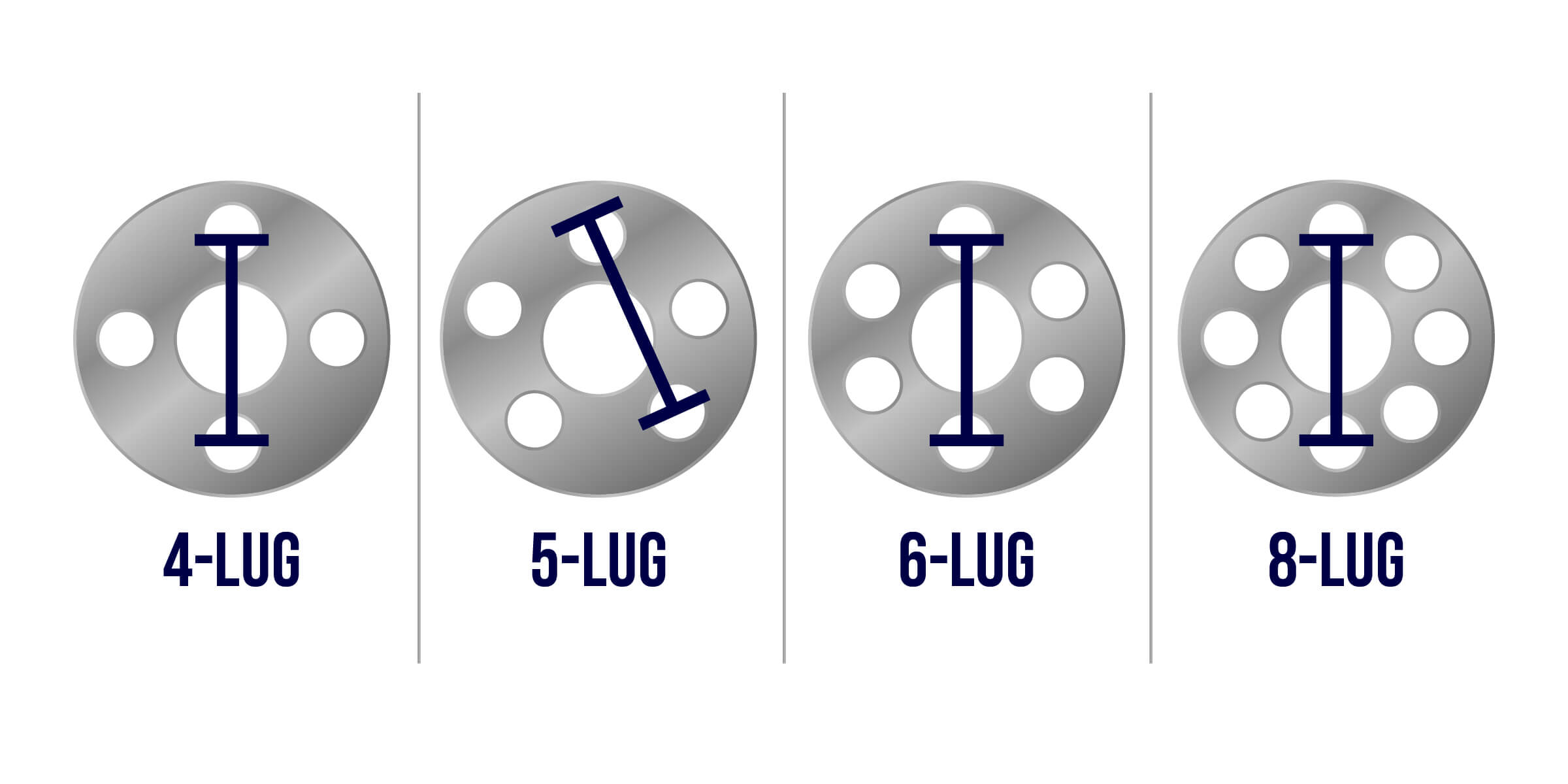
Step 3: Determine Bolt Pattern
Now that you have the number of lugs and the bolt circle diameter, you can determine the bolt pattern.
So, for example, if you counted 4 lug nuts in step 1, and measured 4 inches, then your bolt pattern will be 4 x 4"
Step 4: Verify Accuracy
Double-check your measurements to ensure accuracy. An incorrect bolt pattern measurement can lead to compatibility issues.
What Are the Most Common Bolt Patterns?
There are several common bolt patterns for vehicles, including 5x114.3mm, 6x139.7mm, and 8x165.1mm.
Additional Tools for Measuring Wheel Bolt Patterns
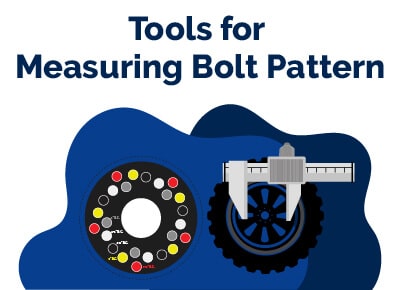
Measuring bolt patterns accurately requires specific tools. In this section, we will go over the tools required for measuring bolt patterns.
1. Bolt Pattern Gauge
A bolt pattern gauge is specifically designed for measuring bolt patterns. It's a circular tool with different-sized holes.
Place the gauge over the bolt holes and find the correct size hole that matches the pattern. This tool is more accurate than a tape measure or ruler.
2. Wheel Stud Sizing Tool
The wheel stud sizing tool measures the size of the wheel stud. This tool is crucial when selecting new wheels because it helps determine whether the new wheels will fit on your vehicle.
One way to quickly measure the size of a bolt is to use bolt measuring templates. Here are three recommended bolt-measuring templates with high customer ratings:
The Rapidesign Bolts and Nuts Template is a handy tool for accurately measuring the bolt and nut sizes. It has a variety of sizes and shapes of nuts and bolts, making it versatile for several applications.
The Bolt Pattern Template for Trailer Wheel is a useful tool for measuring bolt patterns on trailer wheels. It has clear markings and is easy to use. It’s perfect for those who need to measure bolt patterns on trailer wheels quickly and accurately.
The LQFHP Bolt Pattern Template is a comprehensive tool for measuring bolt patterns on wheels. It has a variety of sizes and shapes of bolt patterns, offering versatility for different applications.
3. Dial Caliper
A dial caliper is a precision measuring tool for accurately measuring small dimensions. It's essential for measuring the diameter of the bolt circle.
4. Thread Pitch Gauge
The thread pitch gauge measures the pitch of the threads on the wheel studs. Use it when selecting new wheels because it helps determine the compatibility of the new wheels with the vehicle.
What Is a Bolt Pattern?
A bolt pattern is a circle made up of bolts that secure the wheel to the vehicle's hub. The bolt pattern is defined by two main measurements: the diameter of the bolt circle and the number of bolt holes in the circle.
Tips for Accurate Measurements
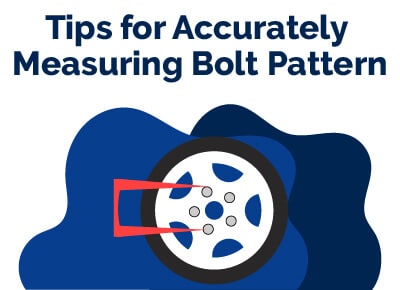
Accurate measurements are essential when measuring bolt patterns, as even a slight mistake can result in incompatible wheels.
To ensure that you get the perfect fit for your vehicle, follow these tips for accurate measurements:
1. Use the Right Tools for the Job
Use the proper tools. Essential tools include a tape measure or ruler, bolt pattern gauge, wheel stud sizing tool, dial caliper, thread pitch gauge, straight edge, pen, and paper.
Using the wrong tools or tools for measuring bolt patterns can result in inaccurate measurements.
2. Measure Carefully
Carefully measure bolt patterns. Avoid guessing or eyeballing measurements. Even the slightest discrepancy can result in incompatible wheels.
Take your time and measure each dimension precisely.
3. Check Your Measurements Multiple Times
Checking your measurements multiple times ensures accuracy. Double-checking your measurements helps you identify any mistakes or discrepancies before you finalize your measurements.
It's also a good idea to have someone else check your measurements for even greater accuracy.
4. Use a Flat Surface
Use a flat surface when measuring bolt patterns. Ensure that the surface you're using is level and flat to get accurate measurements.
Uneven surfaces may result in inaccurate measurements, which can lead to incompatible wheels.
5. Keep Your Tools Clean and in Good Condition
Keeping your tools clean and in good condition is essential for accurate measurements. Dirty or damaged tools may disrupt measurements, leading to incompatible wheels.
Ensure that your tools are clean and in good condition before measuring bolt patterns.
6. Consult the Manufacturer's Specifications
Consult the manufacturer's specifications. The manufacturer's specifications will provide you with the exact dimensions you need to measure to ensure compatibility with your vehicle.
Common Mistakes to Avoid
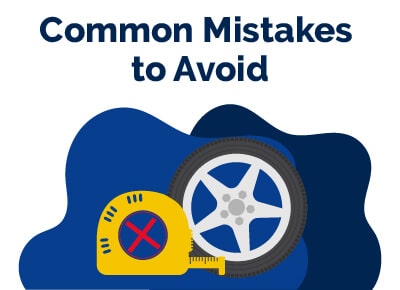
Accurate bolt pattern measurement requires precision and attention to detail.
However, many DIY enthusiasts make common mistakes when measuring bolt patterns. Here are the common mistakes to avoid when measuring bolt patterns.
1. Not Removing the Wheel Before Measuring
You must remove the wheel before measuring to ensure accurate measurements. When the wheel is attached to the vehicle, it's hard to get accurate measurements because of the angles and positions of the bolt holes.
2. Miscounting the Number of Bolt Holes
Another common mistake is miscounting the number of bolt holes. It's easy to overlook one bolt hole or count one twice, leading to inaccurate measurements. Double-check the number of bolt holes before measuring.
3. Measuring From the Wrong Points
Measuring from the wrong points is another common error. Measure from the center of the bolt hole, not from the edges. Measuring from the edges leads to inaccurate measurements and affects the fitment of the wheels.
4. Measuring With a Tape Measure That Is Not Flat
Using a tape measure that is not flat is a mistake to avoid. When the tape measure is not flat, it can cause inaccurate measurements.
5. Not Checking the Accuracy of Your Measuring Tools
Always check the accuracy of measuring tools before measuring bolt patterns. Over time, tools can become inaccurate due to wear and tear. Check the accuracy of your measuring tools regularly to ensure they work properly.
6. Measuring Only One Bolt Pattern
Measuring only one bolt pattern is a major error. Measure all the bolt patterns on the wheel to ensure accurate measurements. Some wheels have different bolt patterns, and measuring only one can lead to inaccurate measurements.
Determining Wheel Fitment
Once you have measured the bolt pattern, use it to determine whether the wheels you are interested in purchasing will fit your vehicle or not. You must also consider other factors, including size, style, material, weight, brand, and budget.
Getting the Right Measurements for Your Vehicle
Measuring bolt patterns helps you determine if the wheels you are interested in purchasing will fit your vehicle. Accurate measurements ensure that you get the perfect fit for your vehicle, but you may want to consider bolt pattern adapters if it's not.
Follow the steps outlined in this guide to measure bolt patterns accurately. By doing so, you will save time, money, and frustration when purchasing new wheels for your vehicle.
Best Car Deals by Category
Posted in Car Buying Tips |

